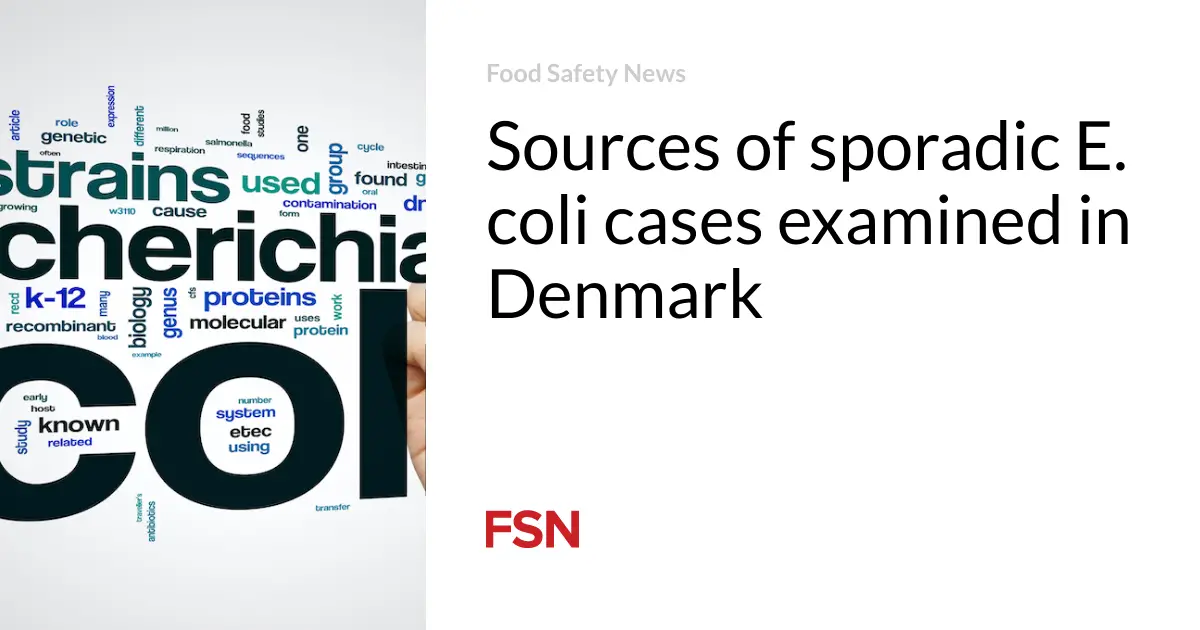
Findings from a study have confirmed that beef is an important risk factor for Shiga toxin-producing E. coli (STEC) infection in Denmark.
Researchers also presented evidence that a proportion of sporadic STEC infections are determined by age-specific eating habits, environmental exposures, and household structure, rather than being exclusively food-related.
Scientists examined sources of sporadic STEC infection in Denmark. It is the fourth most commonly reported bacterial gastrointestinal infection in the country. With a steady increase in cases over the past five years, STEC is a considerable problem in Denmark, according to the study published in the journal Microorganisms.
Cases with confirmed positive STEC infection were reported patients in the national laboratory surveillance system and controls were randomly selected from another system. A total of 658 cases and 2,155 controls were included in the analysis from January 2018 to December 2020.
During the study period, 1,583 STEC cases were reported through surveillance, of which 1,031 were among adults and 552 in children. A total of 55 cases were associated with hemolytic uremic syndrome (HUS), of which strain characteristics were available for 30; the most common were O157 and O26. A total of 138 cases reported recent travel, with almost 20 percent having been to Southern Europe or Western Asia.
Many adults and children reported being symptomatic, with the most prevalent symptoms being diarrhea, abdominal pain, and nausea. Around one-third of people were hospitalized for a mean of six days.
Risk factors for infection
Depending on age, analysis showed that the consumption of boiled beef and fried ground (minced) beef, drinking raw (unpasteurized) milk, eating grilled food, and having a household member using diapers were determinants of sporadic STEC infection.
For adults, beef and poultry meat consumption were identified as determinants of infection. The mode of food consumption was also relevant, as eating outdoor-grilled (barbecued) food was positively associated with infection. For children, factors included beef and outdoor-grilled food consumption.
The team found a positive association amongst children between being a sporadic STEC case and reporting contact with petting farm animals. Living in rural areas with high densities of cattle and other farm ruminants was also associated with infection. Other important factors were contact with recreational water and disruption in water supply.
Prevention efforts should focus on education and reminding the general public and people at higher risk of severe disease about the risks of eating raw or undercooked meat products, said scientists.
“Our findings suggest that sporadic STEC infection could be associated with a combination of non-food and food determinants, which also seems to be specific to certain age groups and their corresponding diets, eating behaviors and environmental exposures,” they said.
“The findings will be used to guide additional research on, e.g., STEC types as well as travel exposures, to promote public health action and control efforts and to improve national guidelines for the prevention of STEC infection.”
(To sign up for a free subscription to Food Safety News, click here.)







